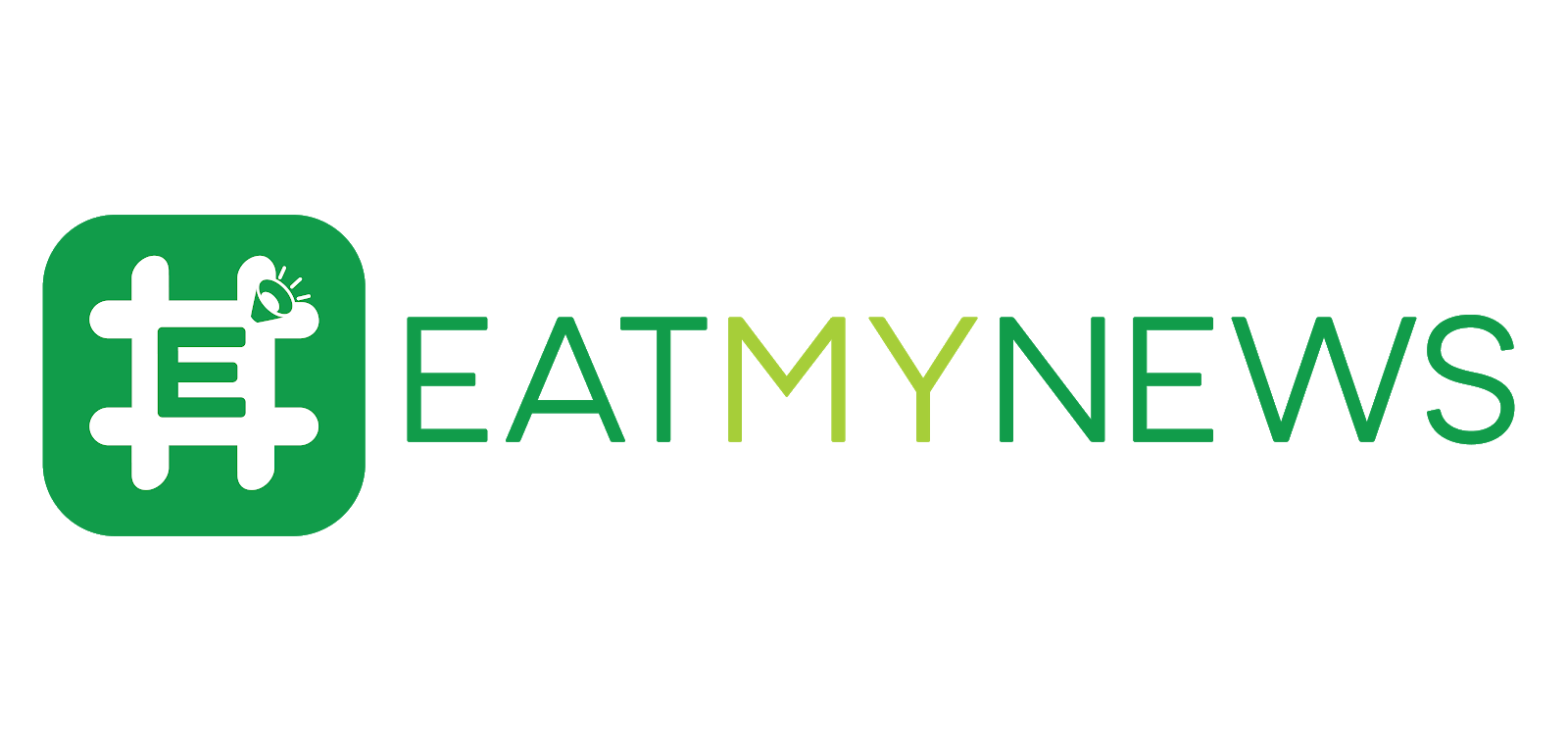Want to become a writer at Eat My News? Here is an opportunity to join the Board of Young Leaders Program by Eat My News. Click here to know more: bit.ly/boardofyoungleaders
What is Data Analytics?
Data analytics is the science of analyzing raw and
unprocessed data, with the objective of making conclusions out of it. It is a
growing field and the number of professionals in this area is on a constant
rise.
Harvard Business Review termed Data science as “The sexiest job in the 21st century”.
The McKinsey Global Institute published a report in which it predicted a huge
talent shortage in the field of data and analytics. This means that there
are going to be some wonderful job opportunities in this field.
We are living in an era where people consider data as the new oil. Today,
approximately 2.5 quintillion bytes of raw data is generated on a daily basis,
which needs to be analyzed and converted into business intelligence. Analytical
skills were never more relevant.
To be a professional in this field, one needs to know how to use various tools
and applications, which are required to analyze the data and visualize the
conclusion based on the analysis. Below is the list of few basic relevant
tools and technologies in the field of data science and analysis that will help
to increase your employability multiple times.
- Tableau/ Tableau Public - It is considered as one of the fastest-growing software in the field of business intelligence. This software comes in both paid and unpaid versions. Tableau public is the unpaid version of the software and can be used by anyone without a subscription. Tableau public is a powerful tool and even though it is a free version, you can use most of the functions. The main difference between the free and the paid version is that tableau public does not allow you to save data locally, which means you will have to save your data on the cloud. Your data will be visible to everyone on the cloud. This tool is getting popular and will be a significant add on to your skillset.
- Microsoft Power BI – Power BI by Microsoft is another popular business intelligence platform. This platform is popular among the non–technical business users for analyzing and visualizing data. Like the Tableau, Power BI has two versions as well. One paid and another unpaid. The free version of Power BI is efficient in handling moderate data, but for heavy use, Power BI plus is recommended, which is a paid professional version of the software. The sharing of data is comparatively convenient in Power BI because it facilitates seamless transfer of data with other Power BI users within the organization.
- IBM S.P.S.S. – SPSS stands for Statistical Package for the Social Sciences. SPSS has been around for a long time. It is a proven platform designed for data analysis. It was released in 1968; many new versions with relevant improvements have been launched since then. It was designed primarily for the management and analysis of the data related to the field of Social sciences. It’s main user base constitute of Health researchers, Market Research, Government organizations, and the development sector. This IBM product is still popular in these sectors and is being used for complex statistical data analysis. Its user-friendly interface is one of the best thing about it.
- Microsoft Excel – Excel is one of the most popular application used around the world. It is a very important part of MS-Office suit. Excel is basically a spreadsheet application developed by Microsoft and is categorized as productivity software. It was not designed specifically for data analysis but can perform as an effective statistical tool. Excel has a dedicated add-in called Toolpak which can be used to generate descriptive statistics. Basic data visualization is also possible using excel. Excel is recommended for light statistical operations. For heavy operations, more advanced platforms should be used.
These are many other platforms that are being used
widely, Programming language R is one such platform, being an open-source has
helped it to gain popularity, it is being used in various sectors these days
from finance to Data Science. Python is another such programming
language.
However, the tools that I mentioned are not any programming languages. These
are user-friendly applications and can be used by people from non-technical
background with ease.
Written by – Chandan Kumar
Edited by - N.Nargis Fathima
Edited by - N.Nargis Fathima









Social